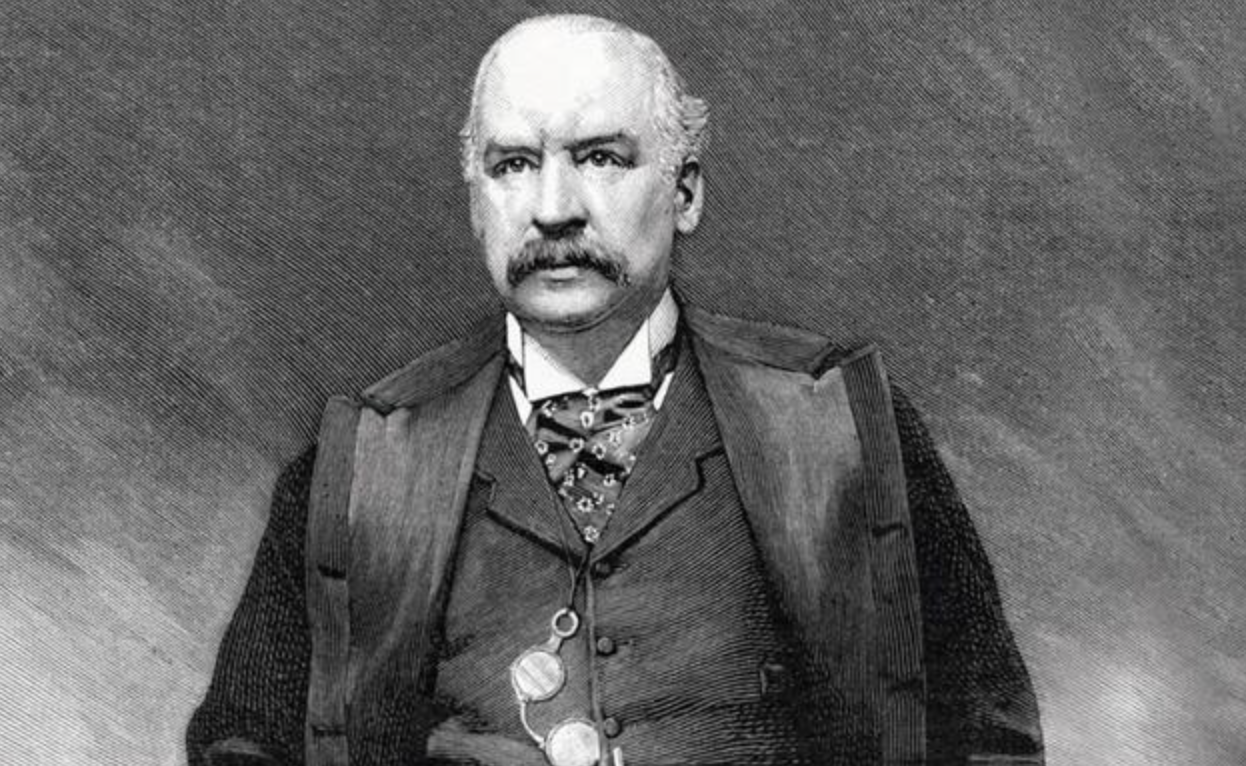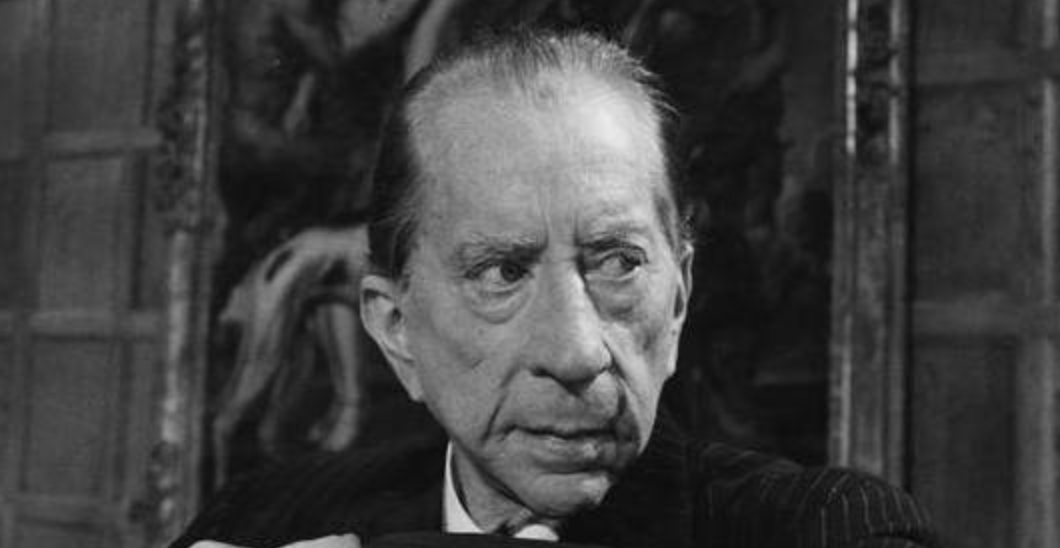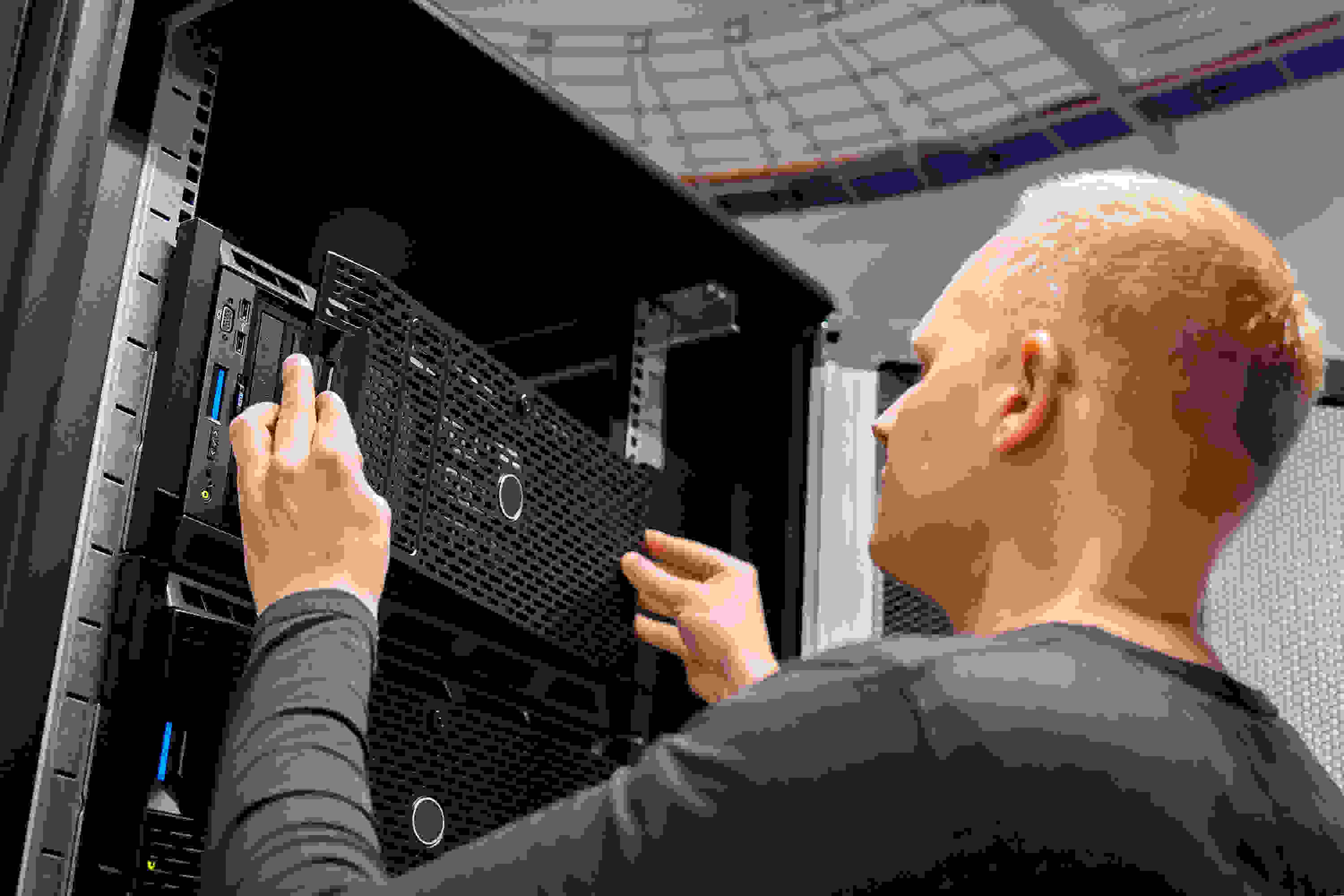Today's world is full of more and more complex problems. No leader is "omnipotent". The best leaders will not strive for personal perfection - they will focus on carefully polishing their own advantages, while looking for other talents to make up for their limitations. Trying to be an all-round leader will only make you exhausted and put the organization in danger.
The best way to lead is to admit that you are not a saint. You have both advantages and disadvantages; The most important thing is to master the four kinds of leadership that all organizations need.

1、 Understanding the environment
Understanding the environment means constantly understanding the changes in the business environment and interpreting their impact on the industry and the company. For example, a CEO can think deeply about how new technologies will reshape the industry? How will changing social expectations change the role of enterprises in society? How will the globalization of the labor market affect the recruitment and expansion plans of companies?
The process of interpreting the environment is somewhat similar to mapping. Understanding the environment requires not only analysis, but also creativity. For leaders, the key is to determine which map is useful according to their specific goals, and then draw a map that fully reflects the current environment of the organization. The executives who are good at this know how to quickly grasp the complex factors in the environment and explain them to others in a concise way.
Drawing such a map will make it easier for everyone to understand the future discussion and planning. Leaders need to mark the issues that they think are important on the map. Even if the map is not consistent with the mainstream views in the organization, they should have the courage to show it.
2、 Build relationships
Building relationships means building trust with others. The three key methods are to ask for advice, express your opinions and keep in touch. Inquiry means that when listening to the other person, we should really understand their thoughts and feelings. Listeners are not eager to make judgments, but try to understand how the other party obtains information based on personal experience, make specific interpretations of the problem, and then draw specific conclusions.
Expressing one's own opinion, contrary to inquiry, refers to the leader's analysis of how he or she interprets problems and draws conclusions from others. People who are good at building relationships usually find a good balance between asking for opinions and expressing their own opinions: they will actively try to understand the views of others, but at the same time, they can adhere to their own positions, and cultivate a network of close friends who can provide support for themselves.

3、 Draw a vision
To paint a vision is to draw a credible and attractive picture of the ideal future and let the members of the organization have the desire to work together. Understanding the environment is just to let everyone know the current situation of the organization, while vision description is about the future of the organization. It is a continuous dynamic process, rather than a static state, to let the members of an organization have a common vision; It clearly expresses the achievements that the members of the organization hope to create together.
Fundamentally, the vision portrayal makes people feel that their work is meaningful. Leaders who are good at this can stimulate people's enthusiasm for the future and encourage some people to describe this picture more clearly. If leaders find that people are not interested in or supportive of the vision, they will not simply impose it on others, but will use dialogue to explain the future they want to create. They will describe the future that the vision can achieve into a vivid picture by telling stories and making analogies, and believe that people will strive for it.
4、 Business Creation
If a vision has no roots and is disconnected from the daily operation of the organization, even if it is attractive, it will eventually lose its effectiveness. In order to turn the vision into reality, leaders need to design a process that gives them vitality. With this creative process, companies can transform abstract concepts into concrete realities. In fact, the process of creation is similar to the process of implementation, but the key point of the word "creation" is that people often need to play an innovative role in this process and conceive a new way of cooperation.
The most famous examples of large-scale organizational innovation in business history come from the automobile industry, such as Henry Ford's T-car assembly line, Toyota's famous production system, etc. In addition, there is eBay, whose CEO Meg Whitman has found new ways to deal with security, seller reputation, product diversification and other issues, helping the company's founders realize their vision of online retail.
Most leaders experience personality opposition every day: for example, they pretend to be confident in front of their superiors or subordinates when they are clearly unsure; When dealing with the complex problems of the company, they are unwilling to admit that they are powerless. Being trapped in the myth of the perfect leader, these people have to play the high and flawless puppet.
It is time to end this myth, not only to help those frustrated leaders, but also for the health of the organization. Now, we want to praise the leaders who are not omnipotent - those who are not perfect.
















